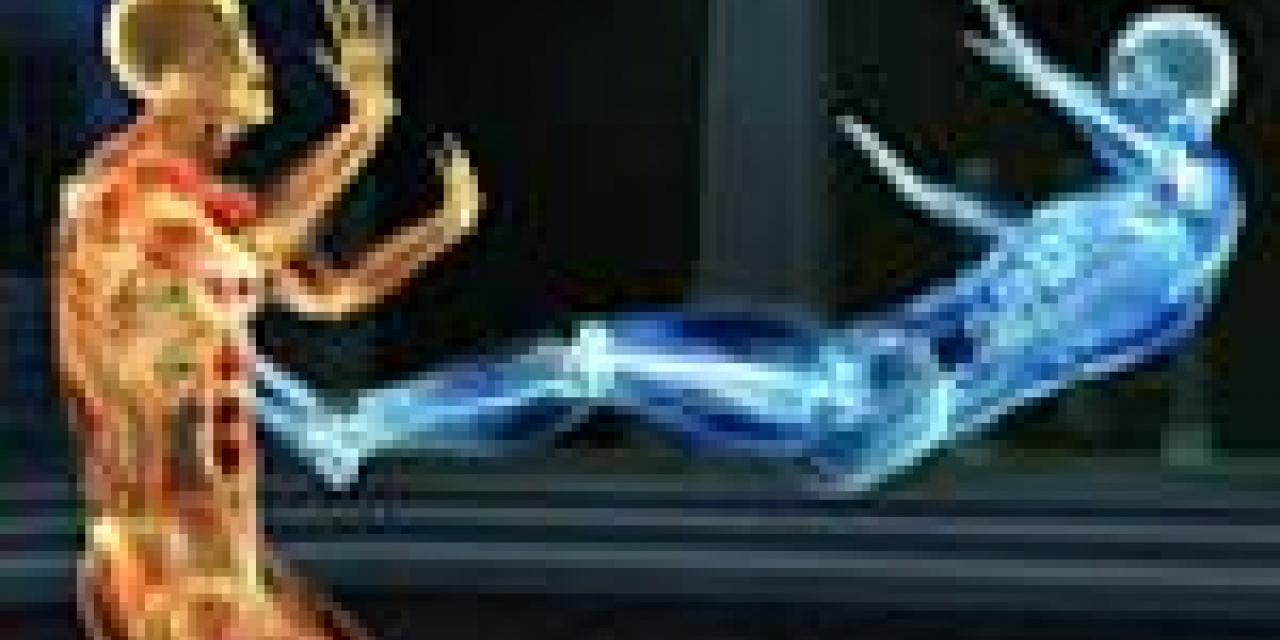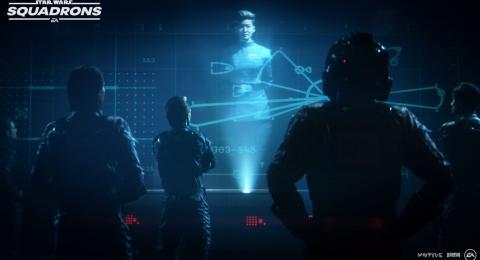

The Discovery Channel's Xtreme Martial Arts (XMA) documentary has adopted a technique mainly used in the creation of games and big-budget movies and has produced a fascinating look at martial arts and the human body combining live-action fight sequences with physical and behavioral-based animation to illustrate the science of martial arts by highlighting moves normally impossible to analyze with the naked eye.
This combination of live-action footage, spectacular visuals, and biomechanically-sound animation may redefine the way we look at human motion and bring it to the screen, said Mickey Stern, executive producer of XMA for BASE Productions. The entertainment value is self-evident; the value for scientific study and learning is unlimited. Martial artists push their bodies to super-human levels, and only with NVIDIA Quadro graphics could we have measured and illustrated it down to the bone and tissue level.
Each martial artist in XMA stepped into Nexus Digital Studios' laser scanner for the 3D body scan necessary to create a life-like virtual model of a human being. With scan data comprising hundreds of thousands of polygons, the NVIDIA Quadro FX 3000 created a 3D image of each performer in real time. Next, biomechanically accurate, animated skeletons were scaled to fit the body size of the performers according to their scans. As the artists fought, Motional Analysis Studios (MAS) used digitizing cameras to capture the subtlety and precision of their acrobatic and often deadly moves. MAS used this behavioral data and NVIDIA Quadro FX 3000 graphics to bring the 3D body scans to life by imposing natural movement onto the digitized characters.
The key technology behind the groundbreaking animation in XMA was the NVIDIA Quadro FX 3000, said Domi Piturro, studio director at Nexus Digital Studios. This professional graphics board easily transformed huge datasets generated by full body and facial scans into photo realistic 3D images with a level of precision that ensured high-quality results. Because of great people and the precision and performance of NVIDIA Quadro FX 3000 graphics, viewers will have a look inside martial arts and human body in ways never seen before.
To blend live action and animated sequences in real time, the studios combined scanned human characters with streaming motion capture data and mapped those moving, 3D characters onto 35mm digitized film. In one portion of the documentary, for instance, a martial artist jabs the end of a weapon into the torso of another. The resultant jolt to bones is shown to viewers through an animated x-ray technique mapped to the torso of the live action martial artist. This created the illusion that animated bones and tissue were those of the live performer.
With its ability to draw more than a hundred million triangles a second, only NVIDIA graphics had the horsepower necessary to transform the body scan, motion capture, and muscle sensor data generated while making XMA into the stunning animation that defines it, said Scott Gagain, vice president of project development at Motion Analysis Studios. With the NVIDIA Quadro FX 3000, we had more than enough 'oomph' to get the job done. That makes a big difference in a production environment.
You can watch XMA on the Discovery Channel this Sunday, November 30, 2003 at 9:00 p.m. and midnight; Thursday, December 4, 2003 at 9:00 p.m. and midnight; and Sunday, December 7, 2003 at 5:00 p.m. All times EST and PST.
For XMA clips follow the download tab above.








